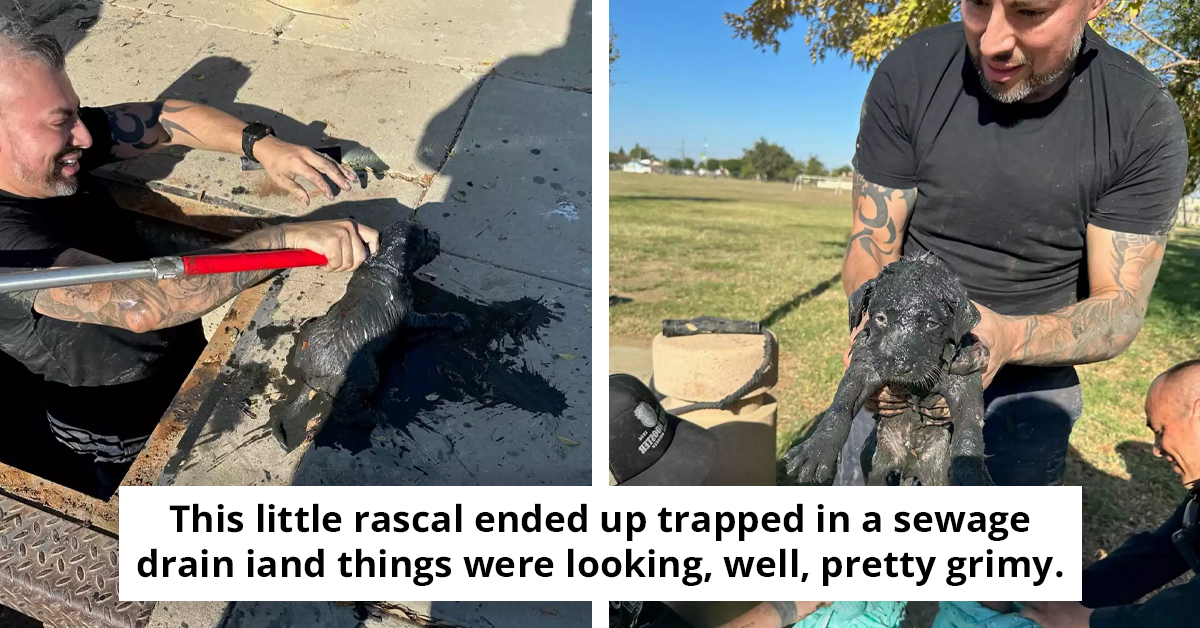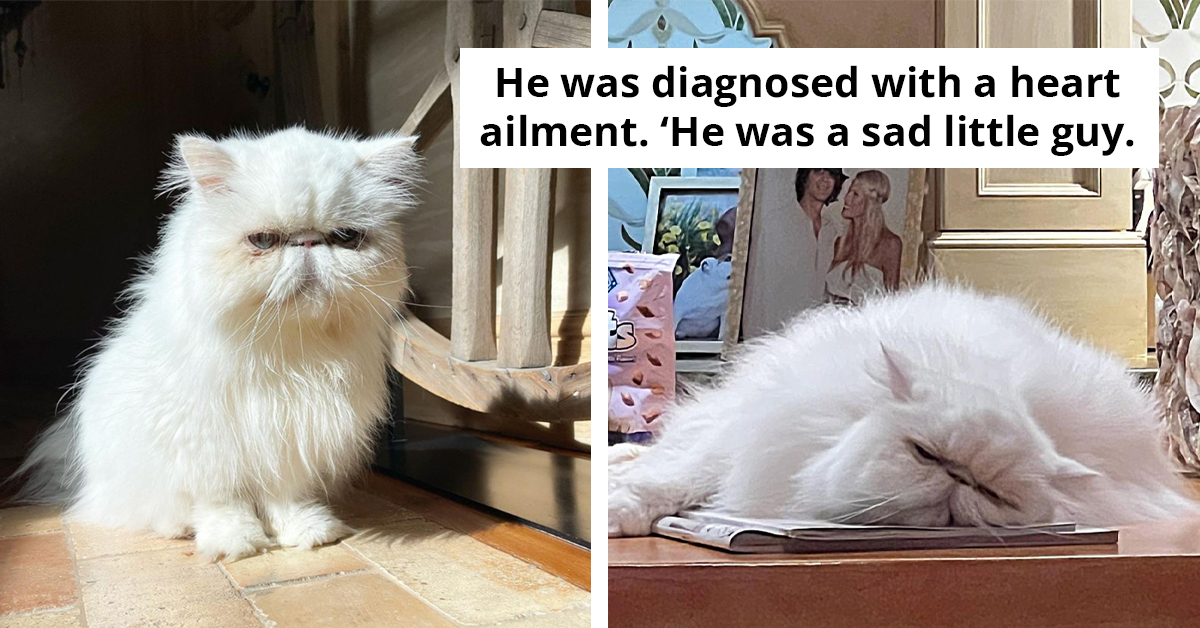Red Wolf Is Left On The Brink Of Extinction With Fewer Than 20 Left In The Wild
Wolves, the ancestors of our favorite furry pooches, are beautiful and majestic animals. Many people fear them for their fierceness, intelligence, and great hunting abilities.
What most people don't realize is that wolves also play an important role in maintaining the balance of an ecosystem.
They keep the numbers of their prey, such as deer and elk, in check to ensure they don't balloon out of control and consume all available resources in their habitat. Additionally, the carcasses of their prey that they leave behind help to redistribute nutrients and provide food for other wildlife species, like scavengers.
Despite being a top predator, however, wolves have also fallen victim to humans and development. They've been losing huge chunks of their natural habitat and hunting grounds, and many have also been hunted down.
One kind of wolf that has been hardest hit is the red wolf, which is now one of the most endangered carnivores on Earth. The saddest part is that this breed has faced extinction not just once, but twice.
With fewer than 20 red wolves remaining in the wild right now, the future for these majestic creatures looks grim. But there is still hope.
The red wolves are now facing extinction again
As of 2021, there is an estimate of fewer than 20 red wolves remaining in the wild, all of which live in the same area of North Carolina. However, back in 1980, these creatures were actually declared extinct.

They suffered at the hands of humans
Much like their gray wolf cousins, red wolves have suffered a significant decline in their population due to human actions. However, red wolves have suffered even more.
In 1980, in an effort to prevent the species from going completely extinct, the last surviving red wolves were captured and placed in a breeding program designed to help their population thrive again.
Fortunately, it was a success.

They recovered from the brink of extinction once
Seven years after the start of the program, eight red wolves—four males and four females—were released back into the wild in North Carolina. From then until 2006, their population grew and reached over 130 individuals.
However, they faced another steep decline in their numbers after that.

The red wolf program crashed
“The red wolf program has almost entirely crumbled since I’ve been working here,” Heather Clarkson from the Defenders of Wildlife told The Guardian. “It took nearly 20 years to get the program to a strong place; that’s the really sad part because now it’s crashed.”

Now, the wolves are facing the same fate again
Now, the International Union for Conservation of Nature has classified the species as critically endangered again, with fewer than 20 wolves remaining in the wild. Despite this, there is still hope for these beautiful creatures.

People are working to get their population flourishing again
“Our goal is to work together to establish an implementation plan,” John Tirpak from the Fish and Wildlife Service told National Geographic. “We really need to reach jointly established recovery goals for the red wolf.”
They're not just making great efforts to rehabilitate the wolves' numbers but also to help them thrive in the wild.

The red wolf is only one of the creatures that have been pushed to the brink of extinction because of human actions. There are many more beautiful creatures out there facing the same cruel fate, and they need our help to survive and thrive.
Without our action, we may continue losing one species after another until there's nothing left in the wild.



